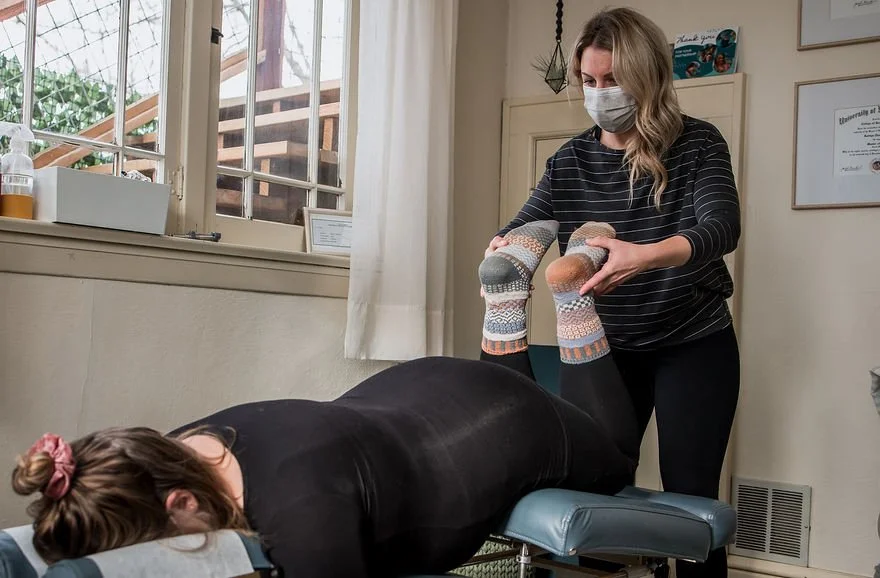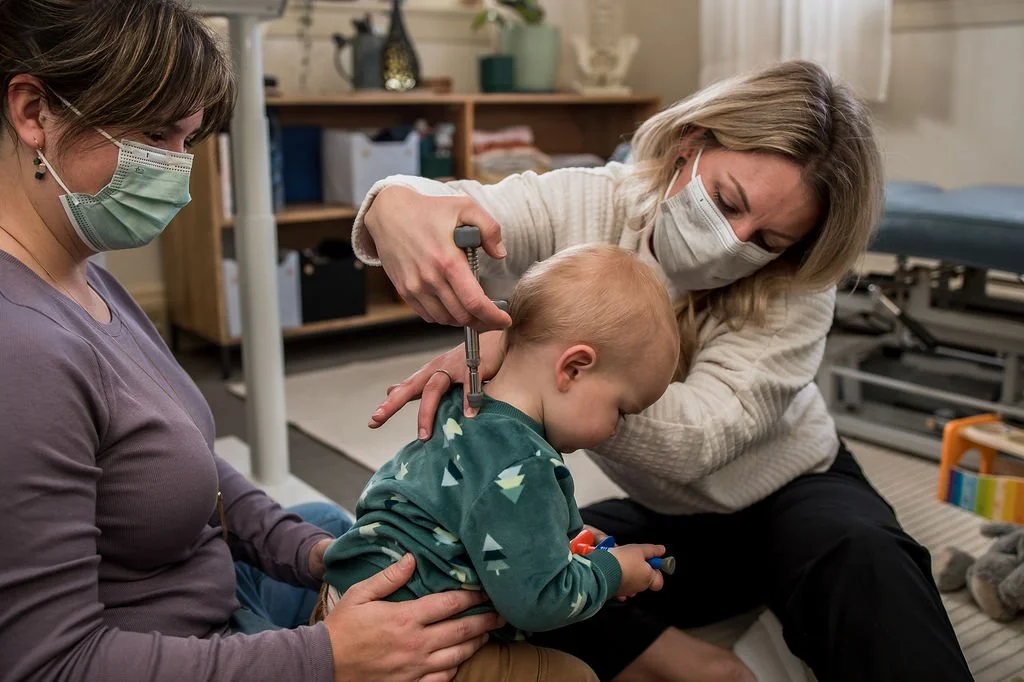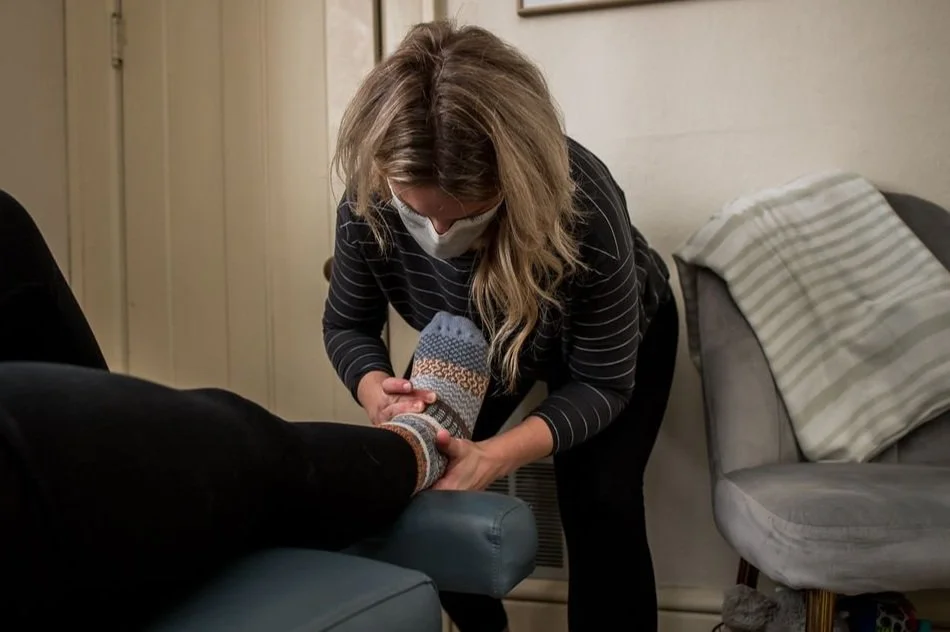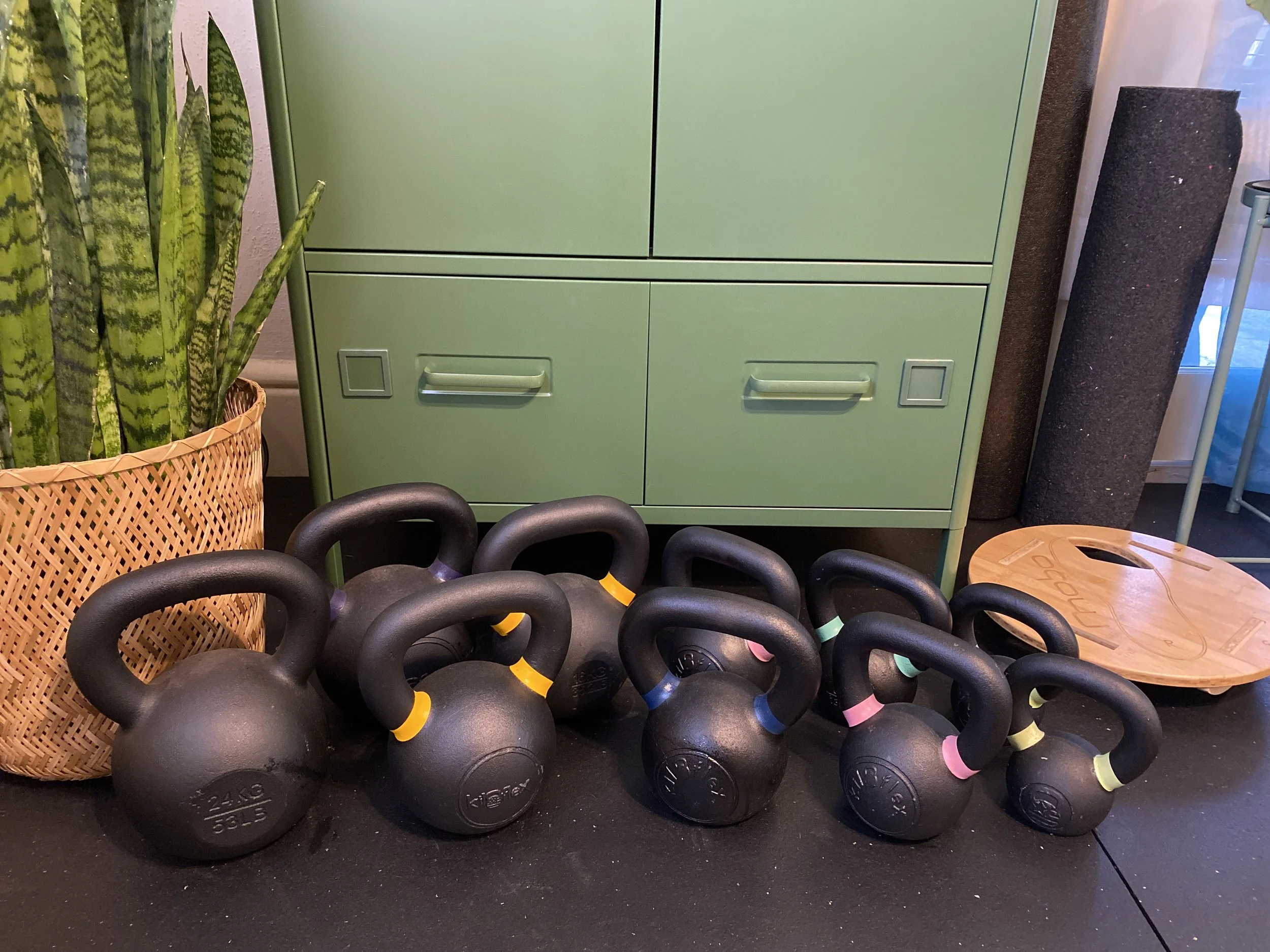Our services.
Perinatal care.
Pregnancy & postpartum
This is a HUGE time of change for the gestational parent as the body adapts to an ever-changing center of gravity, hormonal changes, liagmentous laxity, and abdominal expansion. The Webster Technique works to establish balance in the pelvis while helping to reduce pain and tension within the surrounding muscles and supporting ligaments. Using this pelvic specific technique can help relieve aches and pains that are common, but not “normal”, and help optimize fetal positioning in pregnancy. Functional movement and therapeutic exercises optimize pelvic, core, and spinal stability as the body changes in pregnancy and postpartum. We aim to provide education, connection, and resources to help our gestating parents and partners feel empowered not only for birth, but postpartum and parenthood. At Restoration Chiropractic, we always provide a care plan that is customized to your specific concerns and goals.Together we will create a treatment plan that best supports you throughout your pregnancy journey!
Restore your body.
The body has many months to slowly adjust to the changes of pregnancy; however, the shift to postpartum is much shorter! Now parents are carrying their baby in their arms. This sudden shift, in addition to the long hours caring for and feeding a child, can take a toll on the upper body and neck. Some may be experiencing residual pain from birth or the increased time spent sitting in those early weeks. Chiropractic can help ease discomfort during this transition, especially when parents are focused on the many new tasks of early parenthood. While the intention is NOT to ‘get your body back’ as fast as possible, we are here to support you in navigating this 4th trimester and beyond.
Chiropractic care for perinatal patients may help with:
Upper, mid and/or low back pain
Groin, round ligament, or pubic symphysis pain
Hip pain, foot, or ankle discomfort
Fetal positioning concerns
Neck pain and/or related headaches
Infant care.
Living in the womb, especially when experiencing intrauterine restriction, can put a lot of pressure on a baby’s body. The birthing process inherently places significant forces on the head and spine. A prolonged or very quick birth can increase forces on the infant’s body whether they were born vaginally, with forceps, vacuum extraction, or via cesarean birth. Any of these can cause restrictions in the head and spine. Gentle manual adjustments (done with the same pressure you would use to check the ripeness of a tomato), craniosacral therapy, a tool called the Activator® instrument and/or stretches are used to encourage proper alignment. We do not use any rough methods, and most babies appear to enjoy the treatment. If these problems are caught and treated soon after the baby is born, they often get better quickly.
We encourage coordination of care with EENTs, dentists, lactation consultants, and/or feeding specialists for bodywork pre- and post- tongue tie revision.
Pediatric visits often look very different from adult visits. Making the child comfortable is our top priority, so we frequently change positions, work on the floor, with props or in the arms or laps of parents. We even have a child’s version of the Activator so that your little one can join in the adjustment!
Chiropractic care for Infant patients may help with:
Torticollis
Difficulty nursing, especially to one side
“Colic”
Difficulty sleeping or being set down
Delayed motor skills, crawling or walking
Unexplained irritability
Functional Movement.
Prescribed exercises often include a combination of functional movement and dynamic-neuromuscular stabilization (DNS) inspired exercises with body weight, kettlebells and/or resistance bands to help patients connect with underutilized regions of the body.
Sports medicine:
For athletes of all shapes, sizes and competitive levels.
The body is all connected, so an injury (or previous injury) in one region can affect your movement patterns in other areas whether you are a ‘weekend-warrior’ or a professional athlete. Dr. Kaitlyn loves working with individuals to maximize efficiency in movement and/or coordinate care with other providers to help improve function and performance, whether one is actively competing or enjoying movement recreationally.







